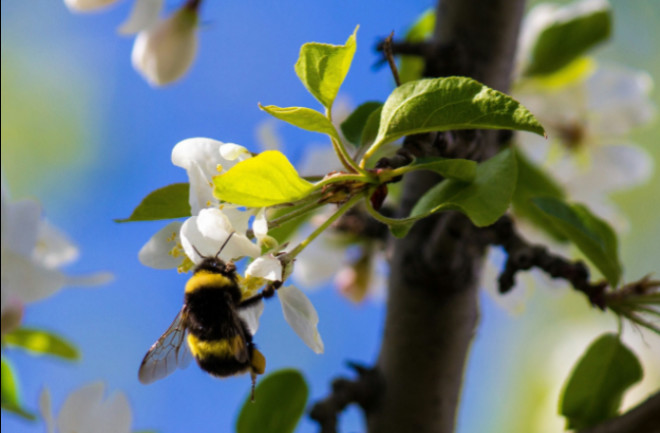Citizen Science Salon is a partnership between Discover and SciStarter.org.
Every season, between $235 and $577 billion (U.S.) worth of annual global food production relies on pollinators, according to Bayer Crop Science. But pollinators face multiple threats, including habitat loss, pesticides, climate change, and emerging pathogens.
Fortunately, by joining one of these citizen science projects, you can help protect pollinators.
Bees are pollinator superstars. And it’s not just honeybees; bumblebees, sweat bees, mason bees, carpenter bees, and thousands of others also do their part. If you live in the United Kingdom, help identify bee-friendly plants by submitting your sightings of bees to the Spot-a-Bee project.
Bumble bees are cute, fuzzy, and endearingly uncoordinated. And when a bumblebee discovers an exceptional food source, instead of performing an elaborate dance to share the news with its hive-mates, it returns to the nest and just runs around excitedly, like an over-caffeinated bunny. For all these reasons and more, you’ll want to sign up for Bumble Bee Watch, where you’ll learn to identify and monitor the health of these comical pollinators.
Ecosystems rely on a diversity of pollinators, some specialized to pollinate just one species, others that visit a range of flowers. As a volunteer for the California Pollinator Project, you’ll monitor wildflowers and report on what pollinators visit them.
National Moth Week (July 18-26) is when “moth-ers” of all ages and abilities are encouraged to learn about, observe, and document moths in their backyards, parks, and neighborhoods. And if you have an outside light and a sheet, you have what you need to participate.
Follow the seasonal migrations of birds, insects, and other creatures (including the remarkable monarch butterfly) with Journey North, a popular citizen science project and website.
Monarch caterpillars are almost as showy as their parents. Their coloring warns predators that, thanks to their diet of toxic milkweed leaves, they are also just as bitter-tasting as monarch butterflies. Keep track of these very hungry caterpillars with the Monarch Larva Monitoring Project.


